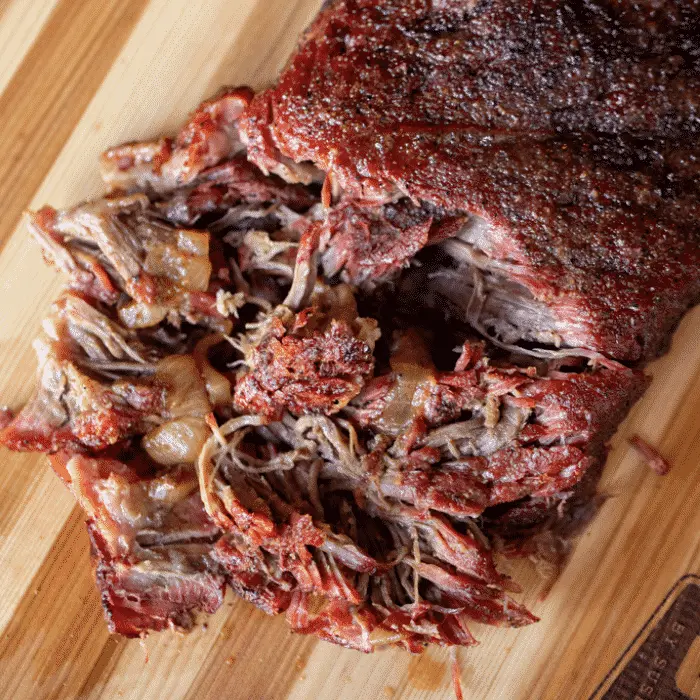Are you a fan of tender and flavorful beef? Look no further than smoked chuck roast! This cut of meat is perfect for smoking, as it has just the right amount of marbling to keep it juicy and tender. In this article, we will explore some mouth-watering smoked beef chuck roast recipes that are sure to impress your friends and family.
Why is my smoked chuck roast tough?
One common issue that many people face when smoking chuck roast is that it can sometimes turn out tough. There are a few reasons why this might happen:
- Not enough cooking time: Chuck roast is a tough cut of meat that requires a long cooking time to break down the connective tissues and become tender. If you find that your smoked chuck roast is tough, it may simply need more time on the smoker.
- Incorrect smoking temperature: The temperature at which you smoke your chuck roast plays a crucial role in its tenderness. If the smoker temperature is too high, it can cause the meat to become tough. Aim for a temperature between 225°F and 250°F for the best results.
- Insufficient moisture: Chuck roast needs to be cooked with enough moisture to keep it tender. If you find that your smoked chuck roast is dry and tough, consider using a water pan or spraying the meat with apple juice during the smoking process.
Smoked Chuck Roast Recipe
Now that we've covered some of the potential issues with tough smoked chuck roast, let's dive into a delicious recipe that is sure to yield tender and flavorful results.
Ingredients:
- 1 beef chuck roast (approximately 4-5 pounds)
- 2 tablespoons of your favorite dry rub
- Wood chips for smoking (hickory or mesquite work well with beef)
Instructions:
- Preheat your smoker to a temperature of 225°F.
- Season the chuck roast generously with the dry rub, making sure to coat all sides.
- Place the chuck roast on the smoker grates and close the lid.
- Smoke the roast for approximately 6-8 hours, or until it reaches an internal temperature of 205°F.
- Remove the roast from the smoker and let it rest for 15-20 minutes before slicing.
- Serve and enjoy!
This smoked chuck roast recipe is simple yet incredibly flavorful. The low and slow cooking method allows the connective tissues to break down, resulting in a tender and juicy roast that is packed with smoky goodness.
Frequently Asked Questions
Q: Can I use a different type of wood for smoking?
A: Absolutely! While hickory and mesquite are commonly used for beef, you can experiment with other types of wood chips, such as oak or cherry, to add different flavors to your smoked chuck roast.
Q: Can I smoke a chuck roast on a gas grill?
A: Yes, you can smoke a chuck roast on a gas grill. Simply set up your grill for indirect heat and follow the same instructions for seasoning and smoking the roast. Keep an eye on the temperature to ensure it stays within the desired range.

Q: How should I store leftover smoked chuck roast?
A: Allow the smoked chuck roast to cool completely before storing it in an airtight container in the refrigerator. It can be stored for up to 3-4 days. When reheating, be sure to do so gently to prevent the meat from drying out.
In Conclusion
Smoked beef chuck roast is a delicious and versatile dish that can be enjoyed in various ways. Whether you slice it and serve it as a main course, or use it to make sandwiches or tacos, the tender and smoky flavor will always be a hit. Remember to follow the tips and recipe provided in this article to achieve the best results, and get ready to impress your guests with your amazing smoked chuck roast!
If you want to know other articles similar to Delicious smoked beef chuck roast recipes | tender & flavorful you can visit the Recipes category.


Related Articles